Home>Garden Essentials>How Long For Lavender To Germinate
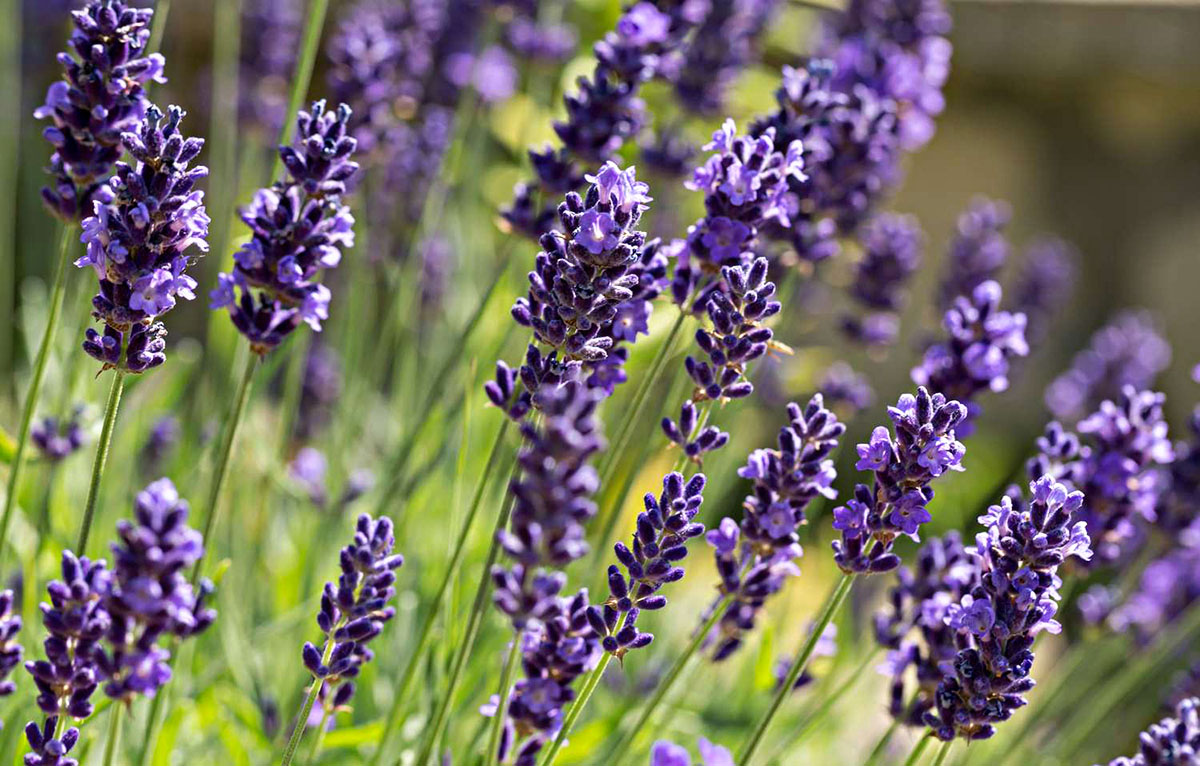

Garden Essentials
How Long For Lavender To Germinate
Modified: April 22, 2024
Discover how long it takes for lavender seeds to germinate in your garden and get ready to enjoy a beautiful and aromatic addition to your landscape.
(Many of the links in this article redirect to a specific reviewed product. Your purchase of these products through affiliate links helps to generate commission for Storables.com, at no extra cost. Learn more)
Introduction
Gardening enthusiasts are often drawn to the beauty and fragrance of lavender plants. Known for their vibrant colors and delightful scent, lavender plants can be a stunning addition to any garden or landscape. But before you can enjoy the benefits of fully-grown lavender, you need to start with the germination process.
Germination is the first crucial step in growing lavender from seeds. It is the process by which a seed sprouts and develops into a new plant. Understanding the factors that affect lavender germination, as well as the ideal conditions and timeline for this process, is key to successfully cultivating lavender plants.
In this article, we will delve into the world of lavender germination, exploring the factors that influence it, the optimal germination conditions, and the approximate germination time for different lavender varieties. We will also provide some valuable tips and advice to ensure your lavender seeds have the best chance of successfully sprouting and growing into healthy plants.
So let’s get started and unlock the secrets of how long it takes for lavender seeds to germinate!
Key Takeaways:
- Lavender seeds need warmth, moisture, and light to sprout. Plant them in well-draining soil, keep them moist but not soggy, and provide plenty of light for successful germination.
- Different lavender varieties have varying germination times, so be patient. Avoid common mistakes like overwatering and ensure proper light exposure to help your lavender seeds grow into beautiful plants.
Read more: How Long Does English Lavender To Germinate
Factors Affecting Lavender Germination
Several factors can influence the germination success of lavender seeds. Understanding these factors can help you create the optimal conditions for successful germination. Let’s take a closer look at the key factors that play a role in lavender germination:
- Temperature: Lavender seeds require specific temperatures to germinate. The ideal range is between 60°F (15°C) and 70°F (21°C). Extreme temperatures, such as those below 50°F (10°C) or above 80°F (27°C), can hinder or even halt germination.
- Moisture: Like most plants, lavender seeds need adequate moisture for germination. It is crucial to ensure that the soil remains consistently moist during the germination period. However, overly soggy conditions can lead to seed rot, so it is vital to strike a balance.
- Light: Lavender seeds require light for germination. Unlike some seeds that need darkness to sprout, lavender seeds rely on light to trigger the germination process. You can lightly press the seeds into the soil or cover them with a thin layer of vermiculite to allow for both light penetration and moisture retention.
- Soil Quality: Lavender plants prefer well-draining soil with a pH level between 6.5 and 7.5. Good soil quality ensures that water is properly drained and prevents the seeds from sitting in waterlogged conditions. Adding organic matter, such as compost, can help improve soil structure and drainage.
- Seed Quality: The quality and viability of the lavender seeds themselves play a significant role in germination success. It is essential to obtain seeds from a reputable source to ensure they are fresh and of high quality. Check the seed packet or label for the germination rate, as well as the seed’s expiration date.
By taking these factors into consideration, you can create the ideal environment for lavender seed germination. Next, let’s explore the optimal germination conditions for lavender seeds.
Ideal Germination Conditions for Lavender
Creating the ideal germination conditions for lavender seeds is crucial to the success of the germination process. Consider the following factors to optimize the environment for your lavender seeds:
- Container or Seed Tray: Start by selecting a suitable container or seed tray for planting your lavender seeds. Ensure that it has proper drainage holes to prevent waterlogged conditions.
- Soil Preparation: Prepare the soil mixture by using a well-draining potting mix or a blend of vermiculite and perlite. This ensures good drainage and prevents the seeds from being overwatered.
- Pre-soaking: Some gardeners recommend pre-soaking lavender seeds before planting. You can soak the seeds in water for 24 hours to help soften the seed coat and promote faster germination.
- Planting Depth: Lavender seeds are small and should be planted shallowly. Sow them on the surface of the soil mix and lightly press them down. Avoid burying them too deep, as they require light to germinate.
- Watering: After planting the seeds, water the soil gently to ensure proper moisture. Use a spray bottle or a watering can with a fine nozzle to prevent displacing the seeds or causing damage.
- Temperature: Place the container or seed tray in a location with a consistent temperature between 60°F (15°C) and 70°F (21°C). Avoid extreme temperature fluctuations, as they can negatively impact germination.
- Light: Lavender seeds need exposure to light to trigger germination. Place the container in a well-lit area or provide supplemental light using a grow light if necessary. Avoid direct sunlight, as it can cause overheating and drying of the soil.
By following these ideal germination conditions, you can give your lavender seeds the best chance of sprouting and growing into healthy plants. However, it is essential to note that the germination time may vary depending on the lavender variety.
Let’s explore the approximate germination time for different lavender varieties in the next section!
Germination Time for Different Lavender Varieties
Lavender comes in various varieties, and the germination time can vary depending on the specific type you are growing. While the general range for lavender germination is around 14 to 21 days, some varieties may take longer. Here are a few popular lavender varieties and their approximate germination times:
- English Lavender (Lavandula angustifolia): English lavender is commonly grown for its aromatic flowers and compact habit. It usually takes around 14 to 21 days for English lavender seeds to germinate.
- French Lavender (Lavandula stoechas): French lavender is known for its vibrant and showy flowers with distinctive bracts. Germination time for French lavender can vary from 21 to 28 days.
- Spanish Lavender (Lavandula stoechas): Spanish lavender features unique pineapple-shaped flower heads and aromatic leaves. Germination for Spanish lavender can take anywhere from 21 to 28 days.
- Provence Lavender (Lavandula x intermedia ‘Provence’): This lavender variety is highly prized for its oil production and fragrant flowers. The germination time for Provence lavender typically falls within the range of 14 to 21 days.
- Hidcote Lavender (Lavandula angustifolia ‘Hidcote’): Hidcote lavender is widely favored for its compact size and deep purple flowers. The germination time for Hidcote lavender is similar to English lavender, ranging from 14 to 21 days.
It is important to remember that these are approximate germination times, and actual results may vary depending on the specific growing conditions, such as temperature and moisture levels.
Now that you have an idea of the germination times for different lavender varieties, let’s move on to some essential tips to help you achieve successful lavender germination.
Lavender seeds typically take 14-21 days to germinate. To speed up the process, you can soak the seeds in warm water for 24 hours before planting. Keep the soil consistently moist and provide plenty of sunlight for best results.
Tips for Successful Lavender Germination
When it comes to germinating lavender seeds, a few tips can greatly increase your chances of success. Consider the following tips to help you achieve successful lavender germination:
- Start Indoors: It is often recommended to start lavender seeds indoors, especially in cooler climates. This allows you to control the temperature and provide optimal growing conditions for the seeds.
- Scarification: Some gardeners recommend scarifying lavender seeds to improve germination rates. Gently rub the seeds with sandpaper or soak them in warm water overnight to help break the seed coat and promote quicker germination.
- Use Bottom Heat: Lavender seeds can benefit from a bit of bottom heat to stimulate germination. Placing the seed tray on a heating mat or in a warm location can help enhance germination rates.
- Monitor Moisture: It is crucial to keep the soil consistently moist during the germination process. However, be careful not to overwater, as excessively wet soil can lead to seed rot. Use a spray bottle or mister for gentle watering.
- Provide Good Air Circulation: Proper air circulation is vital for preventing fungal diseases and promoting healthy germination. Avoid overcrowding the seeds and ensure there is enough space between them to allow for adequate airflow.
- Patience is Key: Keep in mind that germination can take some time, so be patient. Avoid the temptation to disturb the soil or check for germination too frequently, as this can disrupt the process.
- Transplant with Care: Once the lavender seedlings have developed true leaves, they can be transplanted into individual pots or the garden. Handle the delicate seedlings with care to avoid damaging the roots.
- Provide Ample Light: After germination, ensure your lavender seedlings receive plenty of light. Place them in a sunny location or provide artificial grow lights to promote healthy growth.
By following these tips, you can greatly increase your chances of successful lavender germination. However, it’s important to be aware of common mistakes to avoid during the germination process, as they can hinder the growth of your lavender plants.
Let’s explore some of these mistakes in the next section!
Read more: How Long To Grow Lavender From Seed
Common Mistakes to Avoid during Lavender Germination
While germinating lavender seeds can be a rewarding experience, there are a few common mistakes that gardeners should avoid to ensure successful germination. By being aware of these mistakes, you can save time and increase the likelihood of healthy lavender seedlings. Here are some common mistakes to avoid:
- Overwatering: One of the most common mistakes is overwatering the lavender seeds. Excessive moisture can lead to fungal diseases, rotting seeds, and poor germination. It’s important to keep the soil moist but not waterlogged. Allow the soil to dry out slightly between watering.
- Incorrect Planting Depth: Planting lavender seeds too deep can prevent proper germination. Since lavender seeds require light to germinate, they should only be lightly pressed into the soil or covered with a thin layer of vermiculite. Avoid burying the seeds too deep in the soil.
- Insufficient Light: Lavender seeds require adequate light to trigger germination. If the seeds are planted in a dark location or not exposed to enough light, they may struggle to sprout. Ensure that the seeds are placed in a well-lit area or provide supplemental light with a grow light if needed.
- Inconsistent Temperatures: Fluctuating or extreme temperatures can negatively impact lavender germination. It’s important to maintain a consistent temperature between 60°F (15°C) and 70°F (21°C) for optimal germination. Avoid placing the seeds in locations with drafts or temperature extremes.
- Using Poor Quality Seeds: The quality and viability of the seeds play a significant role in successful germination. Using old or low-quality seeds can result in poor germination rates. Always obtain your lavender seeds from a reputable source and check the expiration date and germination rate before planting.
- Not Providing Proper Drainage: Lavender plants prefer well-draining soil. If the soil is compacted or lacks adequate drainage, it can lead to waterlogged conditions and root rot. Ensure that the container or planting area has good drainage and consider adding organic matter to improve soil structure.
By avoiding these common mistakes, you can give your lavender seeds the best chance of successful germination. However, sometimes despite your best efforts, you may encounter slow germination. Let’s explore some troubleshooting tips to help overcome slow germination in lavender plants.
Troubleshooting Slow Germination of Lavender Plants
If you notice slow germination of your lavender seeds, don’t panic. There are several possible reasons for the delay, and most can be addressed with a few troubleshooting techniques. Here are some tips to help you overcome slow germination of lavender plants:
- Check the Temperature: Ensure that the temperature is within the optimal range of 60°F (15°C) to 70°F (21°C) for lavender seed germination. If the temperature is too low, consider using a heating mat to provide bottom heat and facilitate faster germination.
- Evaluate the Moisture Level: Check the moisture level of the soil. While lavender seeds require moisture for germination, excessive moisture can lead to rot. Allow the soil to slightly dry out between watering to prevent waterlogged conditions. Use a spray bottle or mister to provide gentle and targeted watering.
- Ensure Proper Light Exposure: Lavender seeds need exposure to light to trigger germination. Make sure that the seeds are getting enough light by placing them in a well-lit area or using supplemental grow lights. Lack of sufficient light can significantly delay germination.
- Consider Scarification: If your lavender seeds have a hard outer coat, scarification can help speed up germination. Gently rub the seeds with sandpaper or soak them in warm water overnight to soften the seed coat and promote faster sprouting.
- Be Patient: Remember that germination can take time, and each variety of lavender may have a different germination period. Typically, lavender seeds can take anywhere from 14 to 21 days to germinate, but sometimes it may take a little longer. Patience is key, so avoid disturbing the soil or prematurely discarding the seeds.
- Assess Seed Viability: If you have followed all the proper germination techniques and experienced an unusually long delay or no sprouting at all, check the viability of your seeds. Test a few seeds by conducting a germination test on a damp paper towel. If no seeds sprout, they may be old or low quality, and it may be beneficial to obtain fresh seeds for better results.
By troubleshooting and adjusting the environmental conditions, you can often overcome slow germination of lavender plants. Remember to stay vigilant, provide the necessary care, and be patient, as a delayed germination period is not uncommon.
Now that you are equipped with the knowledge to troubleshoot and ensure successful lavender germination, it’s time to set yourself up for a bountiful lavender garden. With proper care and attention, you can enjoy the beauty and fragrance of these stunning plants in your own backyard!
Conclusion
Germinating lavender seeds is the critical first step to growing beautiful and fragrant lavender plants. By understanding the factors that affect lavender germination, creating the ideal germination conditions, and being aware of the approximate germination times for different lavender varieties, you can set yourself up for success.
Factors such as temperature, moisture, light, soil quality, and seed quality all play a significant role in lavender germination. It is essential to provide the optimal conditions for your lavender seeds, including using well-draining soil, maintaining consistent moisture levels, and providing adequate light.
Remember that different lavender varieties have varying germination times, ranging from 14 to 28 days. Patience is key, as germination can sometimes take longer than expected. However, by following the tips for successful lavender germination, you can increase your chances of a successful outcome.
Avoid common mistakes, such as overwatering, incorrect planting depth, insufficient light, inconsistent temperatures, and using poor quality seeds. By addressing these issues and troubleshooting slow germination, you can overcome obstacles and ensure the healthy development of your lavender plants.
With proper care and attention, you can witness the transformation of lavender seeds into vibrant plants that brighten up your garden and fill the air with their delightful fragrance. So go ahead, get started with germinating lavender seeds, and enjoy the beauty and aroma of these magnificent plants in your own outdoor oasis!
Frequently Asked Questions about How Long For Lavender To Germinate
Was this page helpful?
At Storables.com, we guarantee accurate and reliable information. Our content, validated by Expert Board Contributors, is crafted following stringent Editorial Policies. We're committed to providing you with well-researched, expert-backed insights for all your informational needs.
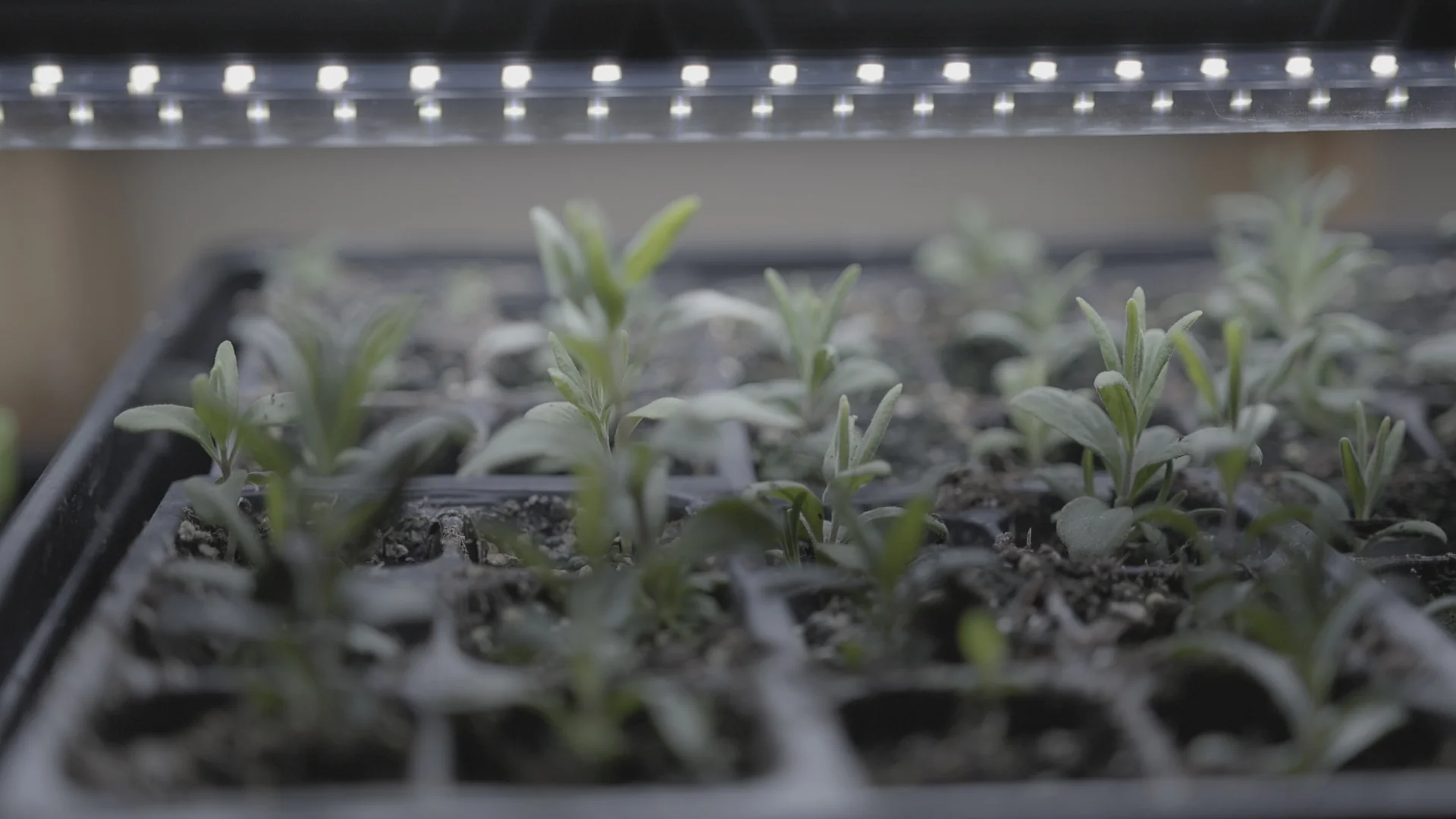
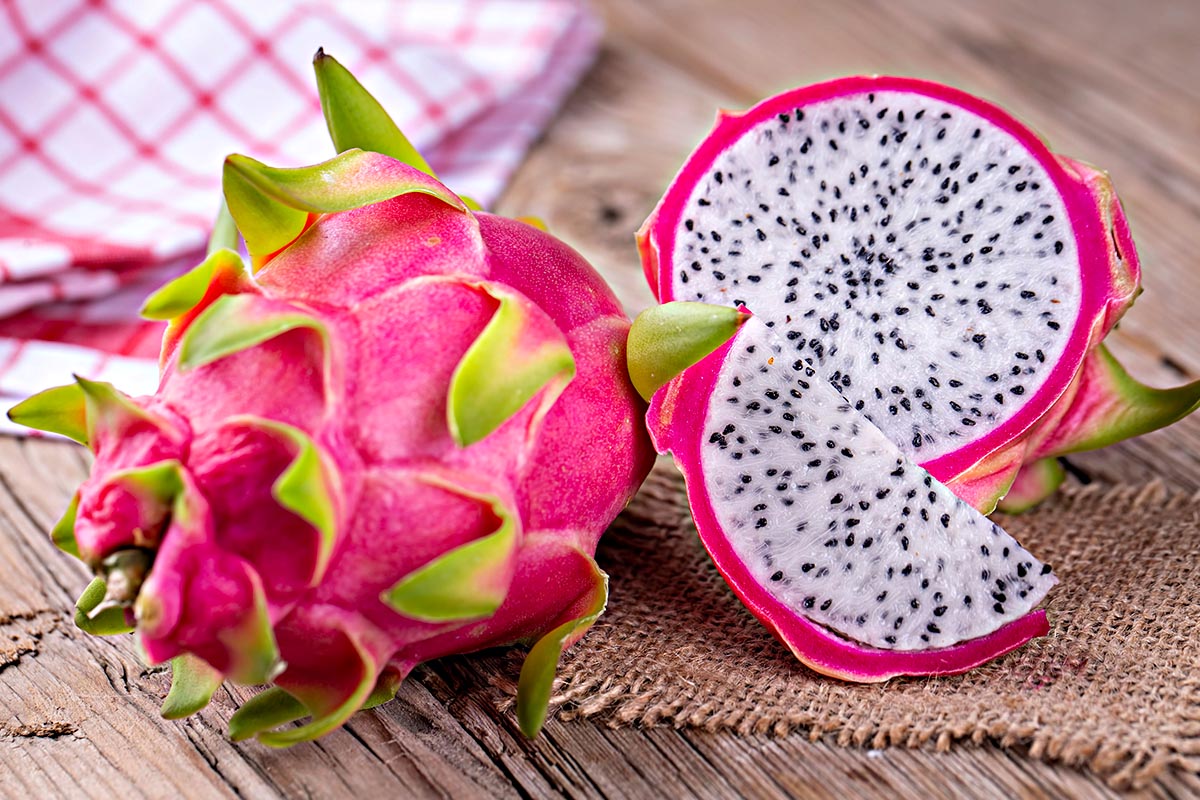
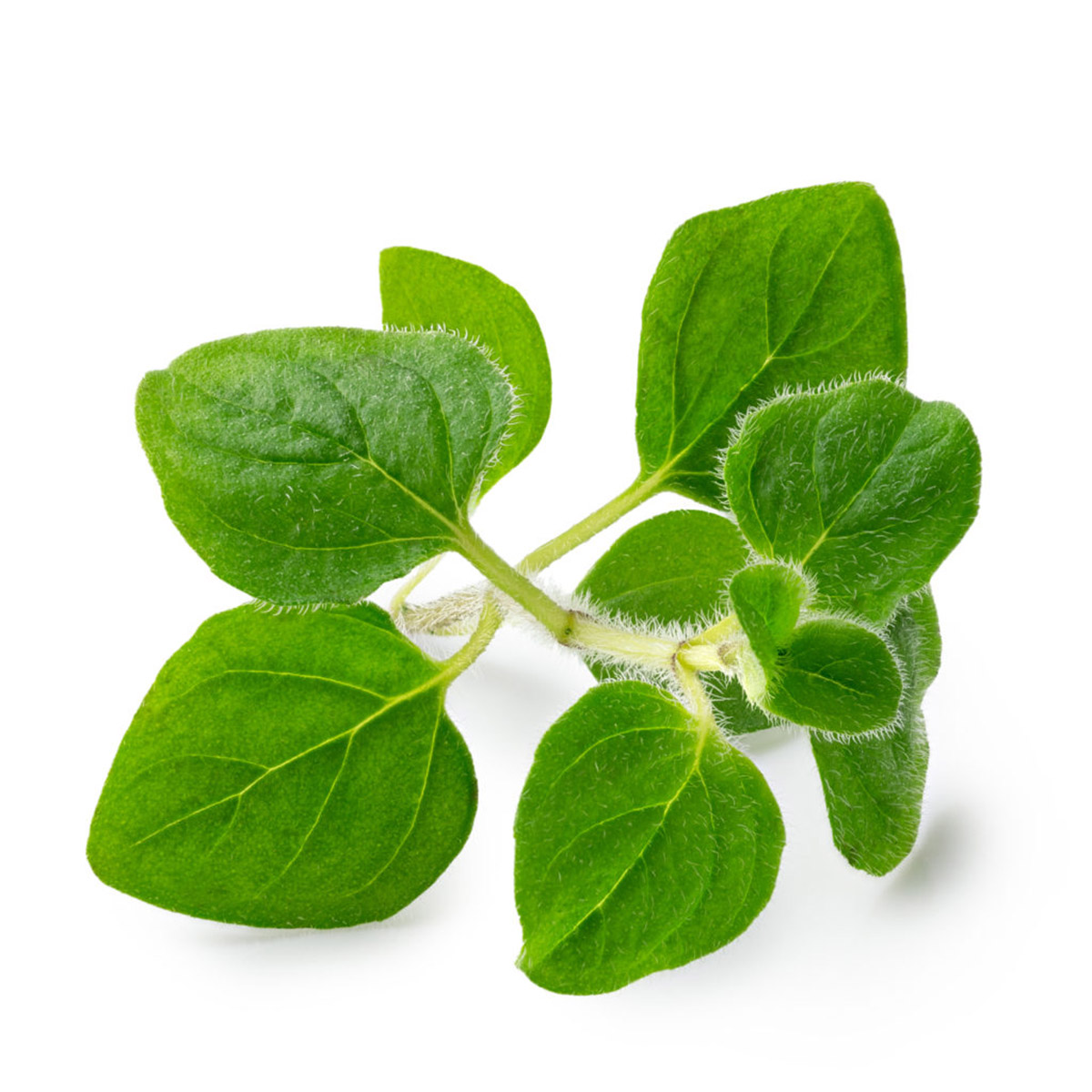
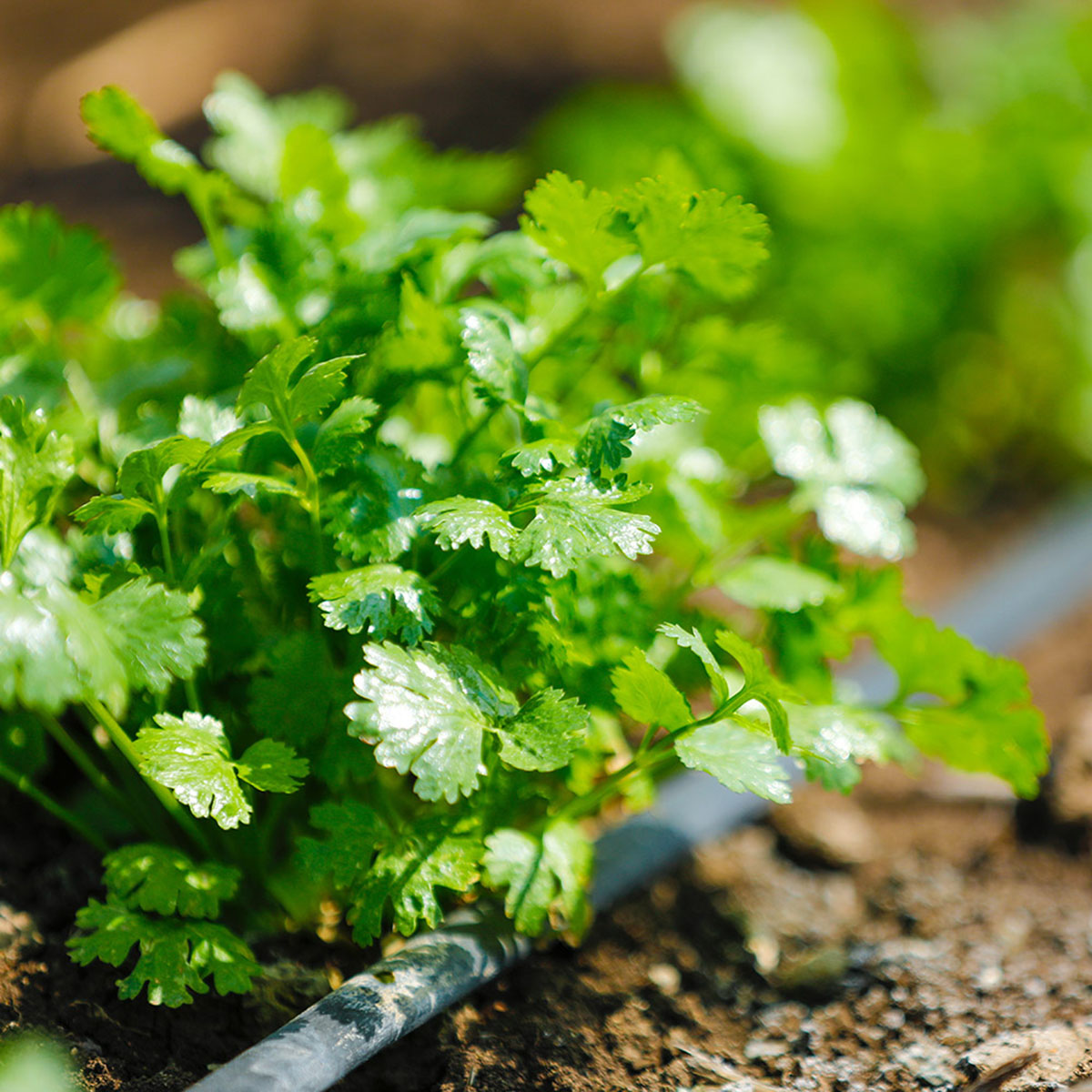
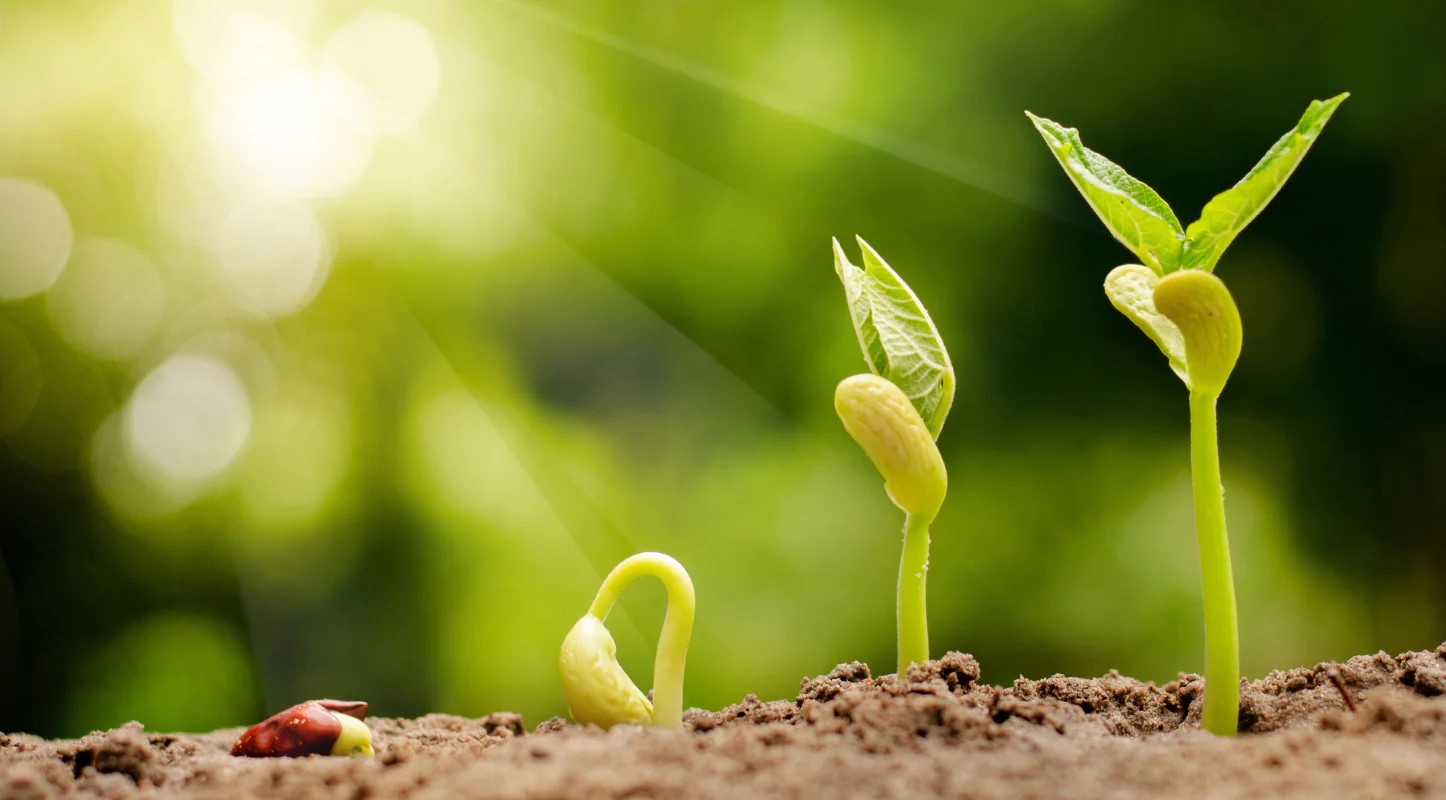
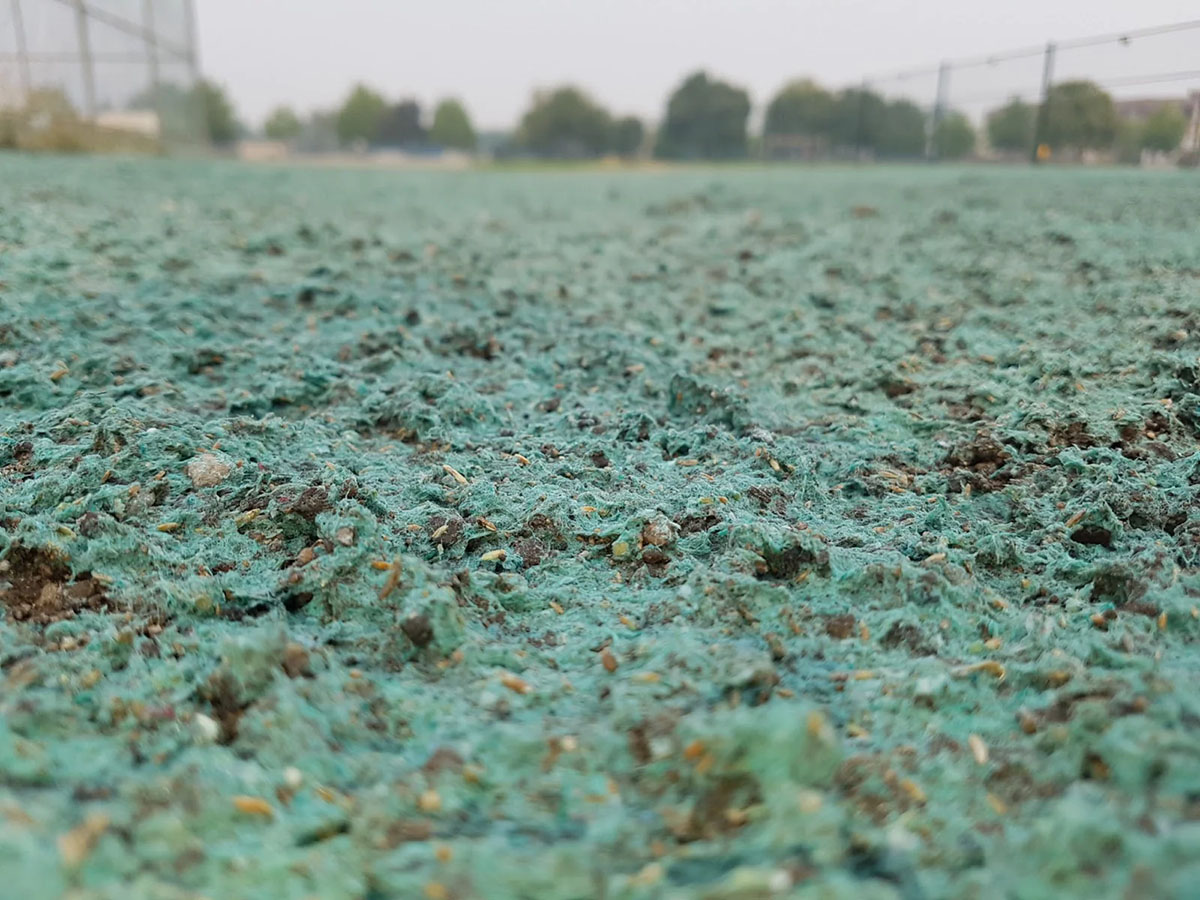
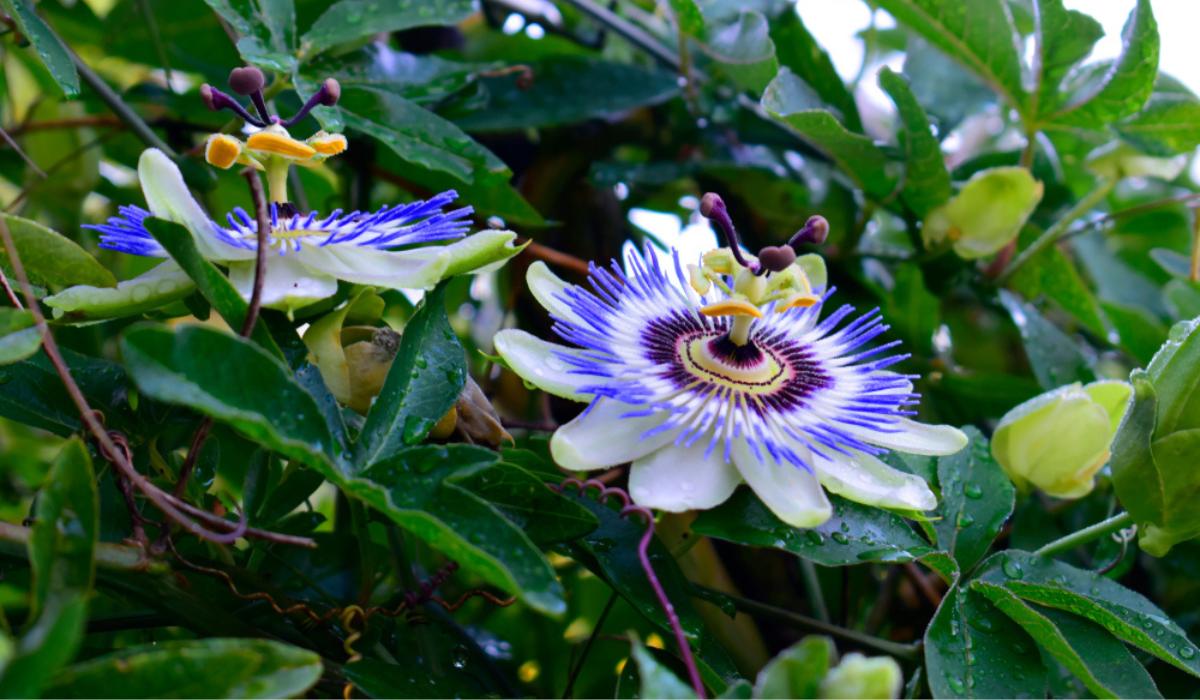
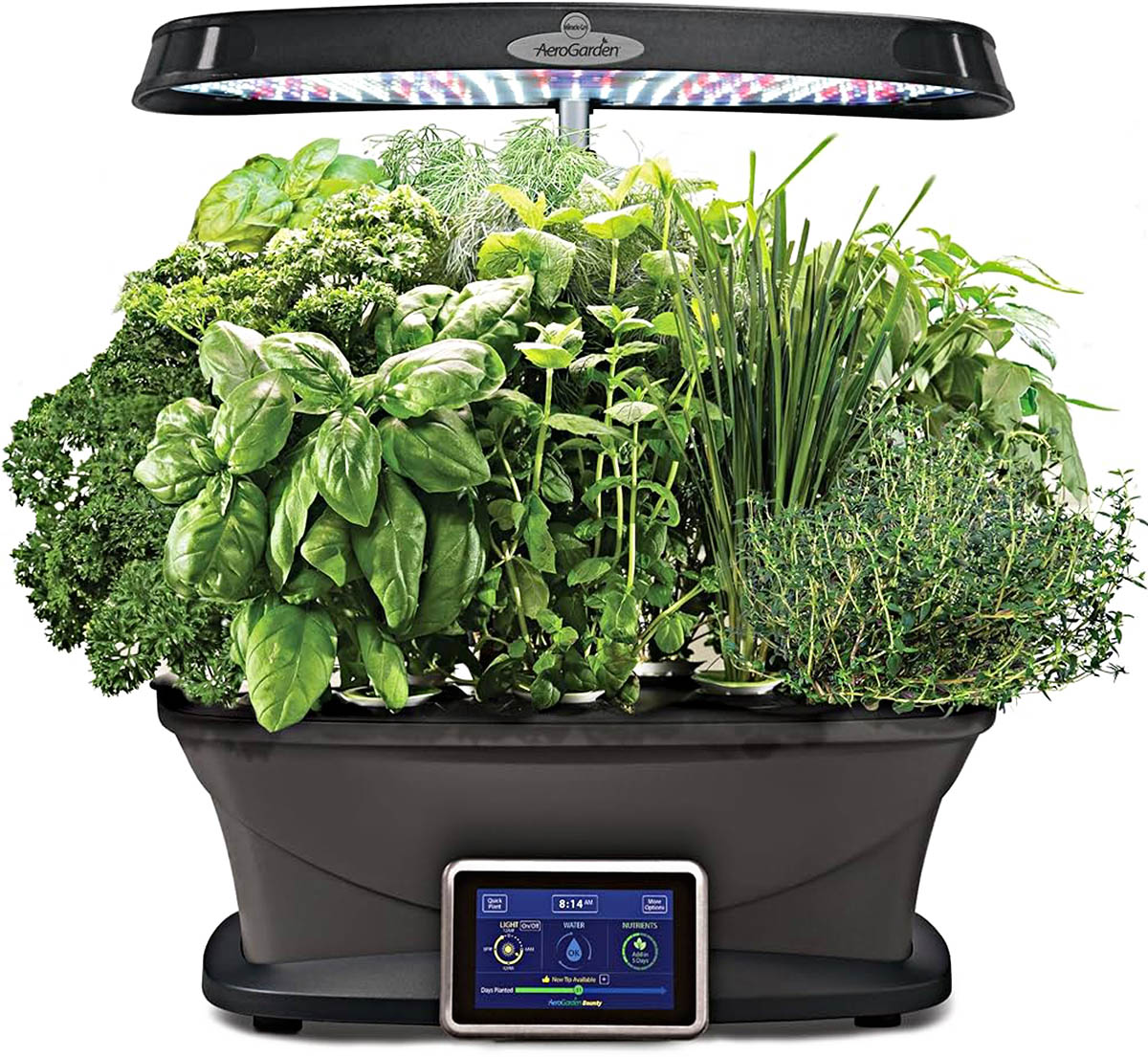
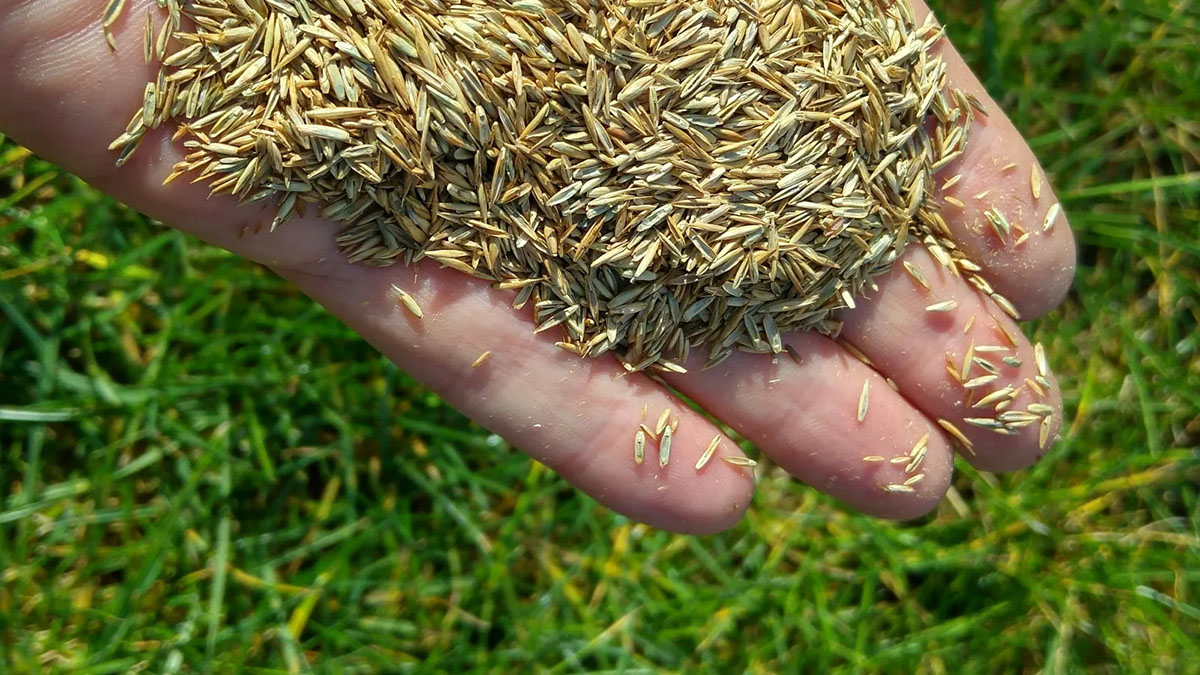
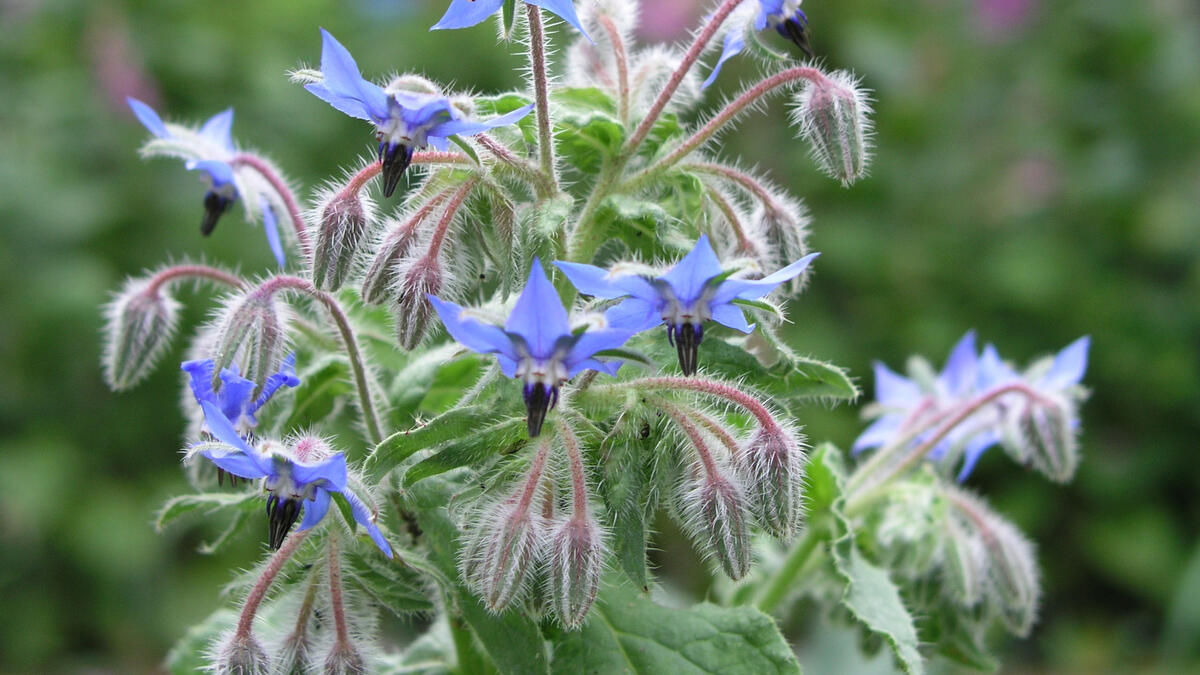
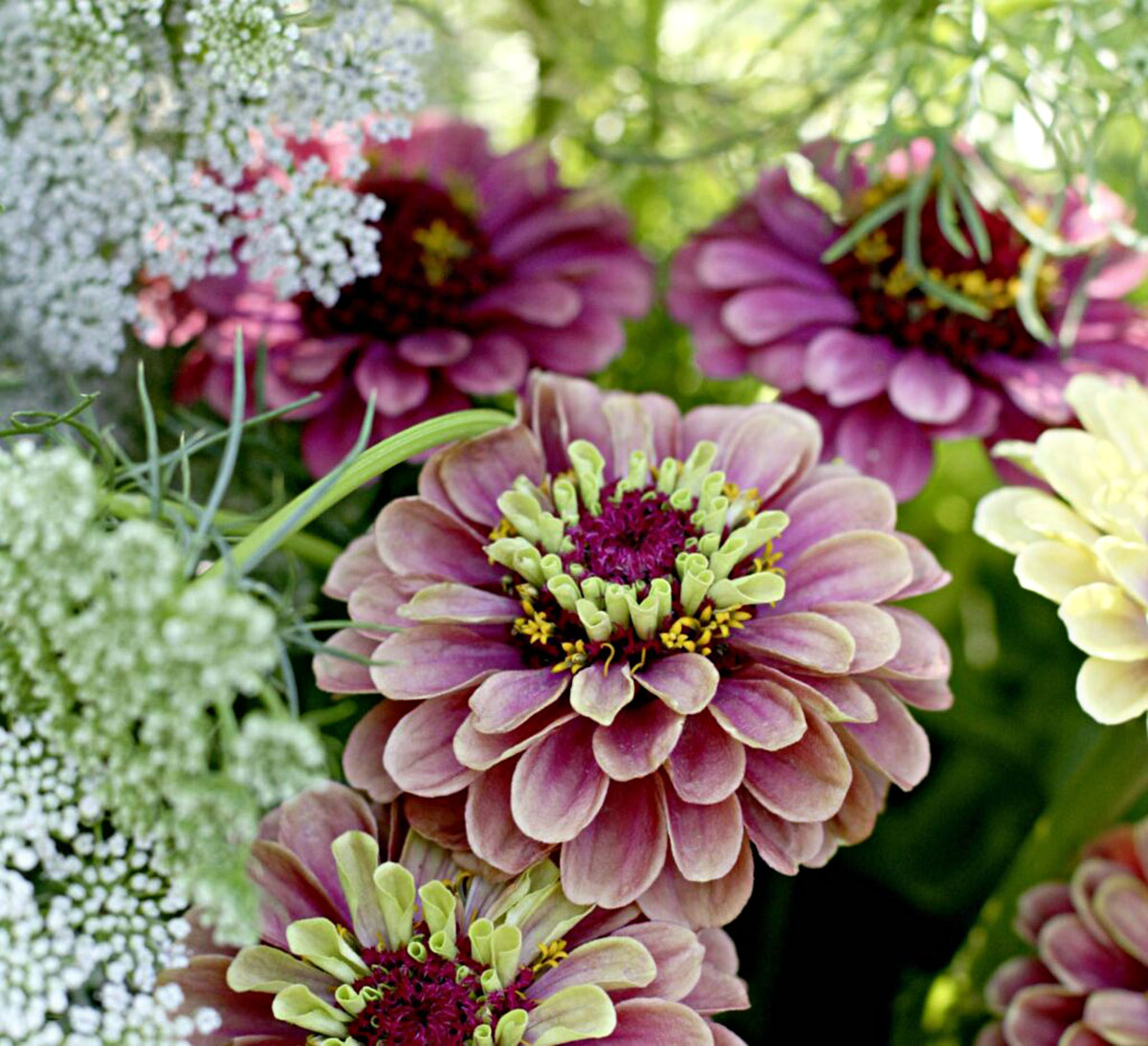
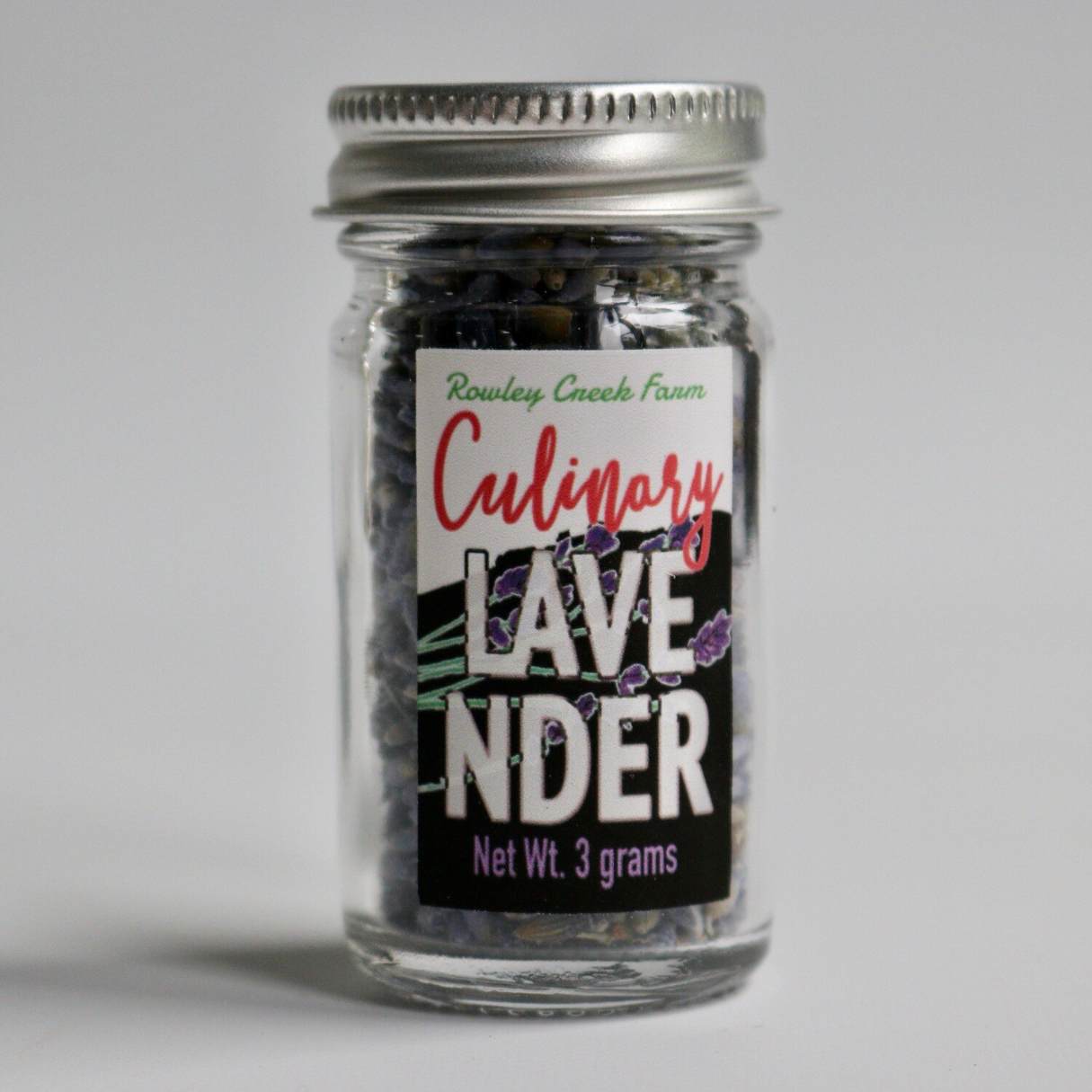
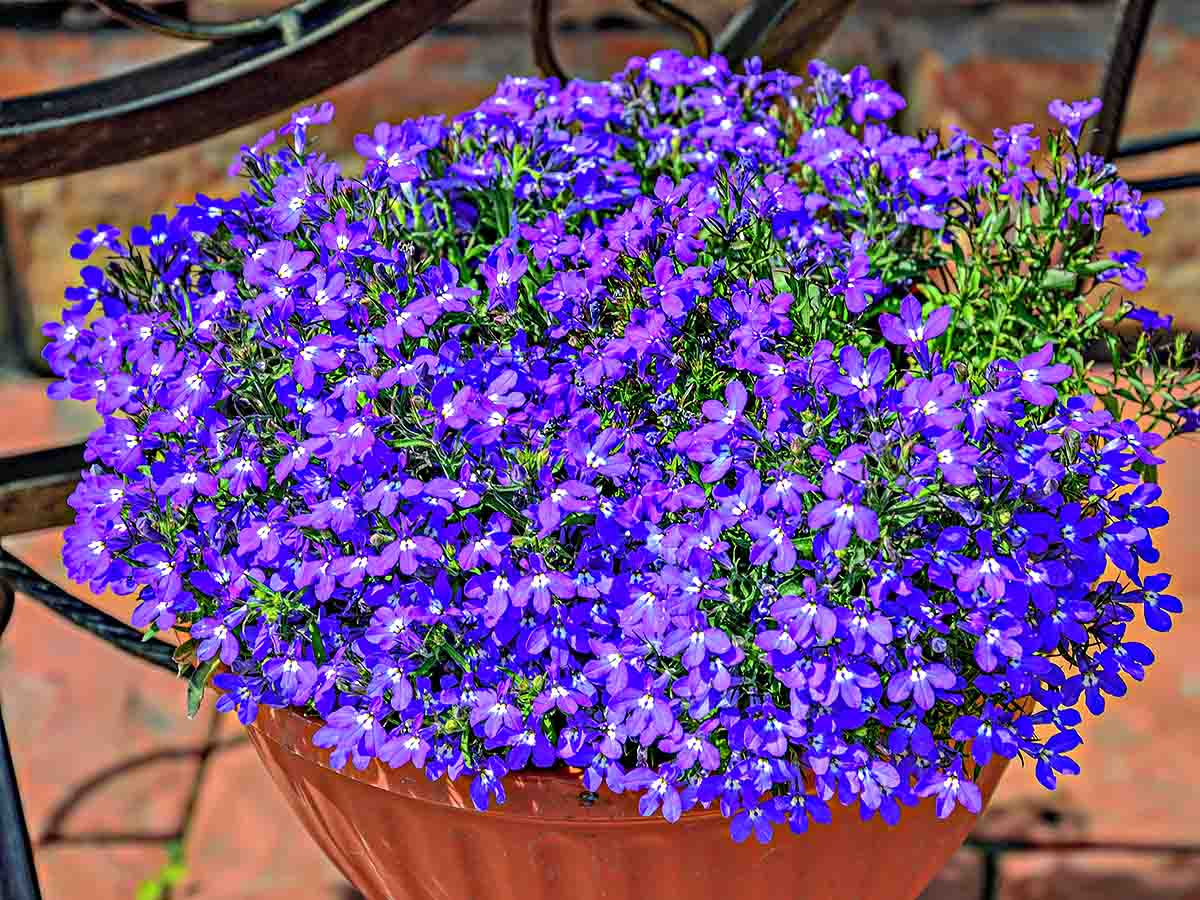
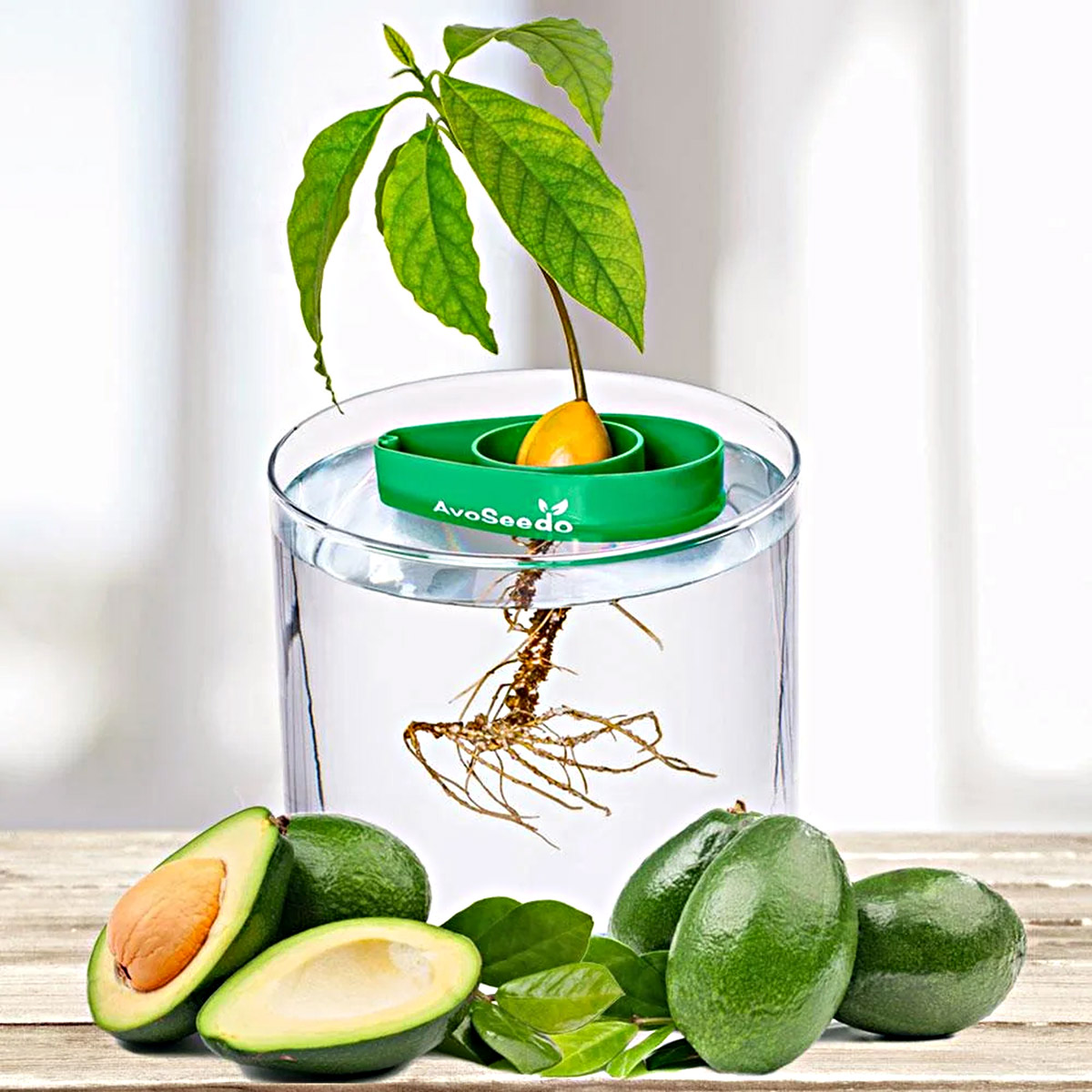

0 thoughts on “How Long For Lavender To Germinate”